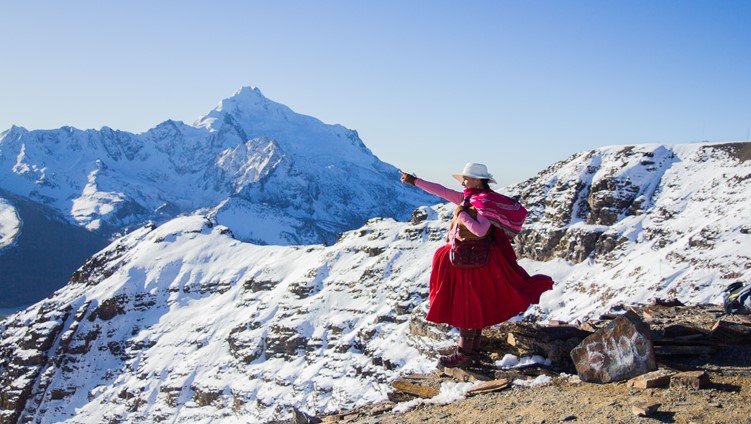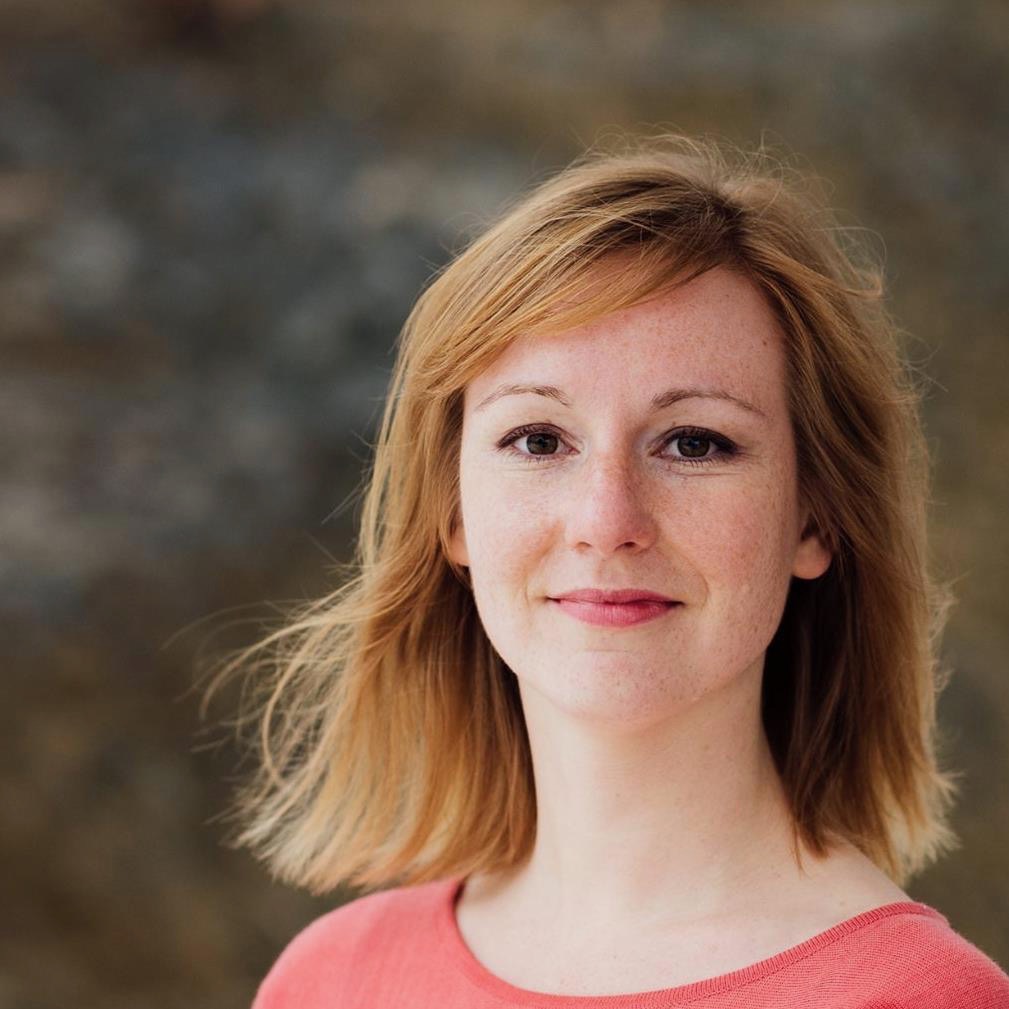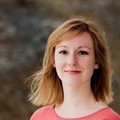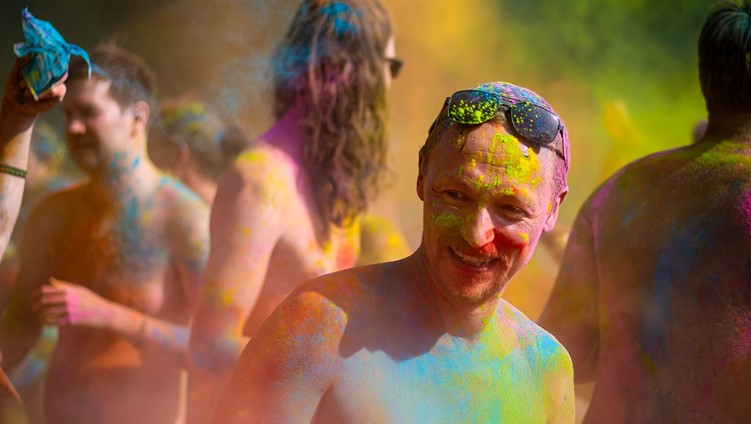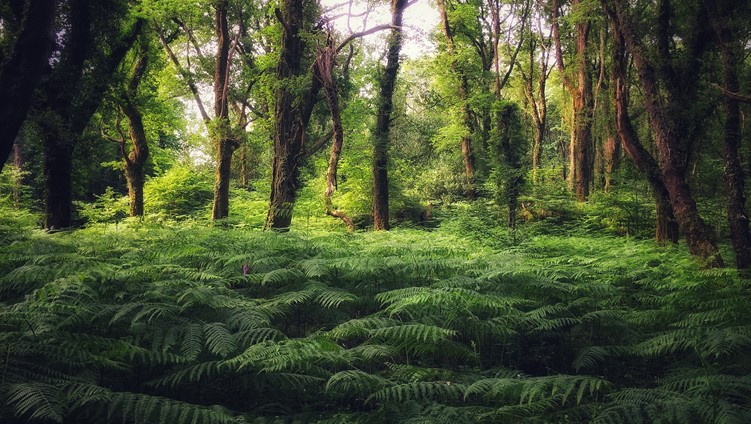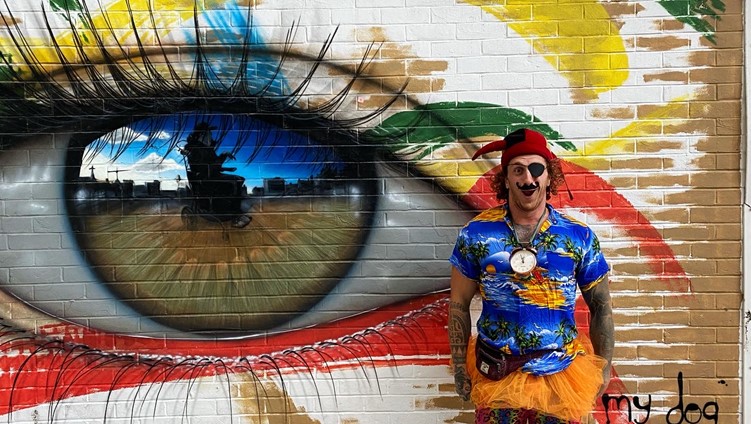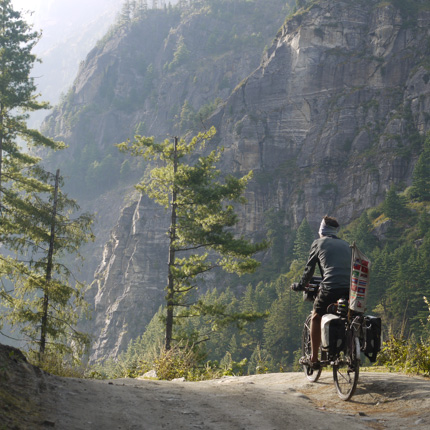
59 degrees North, where the North Sea meets the Atlantic, lie the Orkney islands. Made up of 70 islands, it is a place of contrasts, where wide open spaces complement dramatic cliffs. With yellow, orange and red zones on the European map currently changing almost as quickly as the weather in Scotland, many of us may not be able to travel this summer. Luckily, there are some prolific Orcadian creators who have made it their art to bring the islands to us. I spoke with musician Erland Cooper, who mixes poetry, classical instruments and field recordings on his mesmerising albums, and photographer Frances Scott, whose book Undertow documents her changing relationship to the islands as she walked their coastlines. I asked them what a barren group of islands off the north coast of Scotland surrounded by sea and cliffs can tell us about isolation and transportation.
“We can use our minds to transport ourselves”
When I call Erland Cooper, who is weathering a heatwave on a walk through London, he starts off with some expert travel advice for better days: “take the ferry from Inverness to Stromness – it sails during daytime and you’ll pretty much get the same views the Vikings had when they approached the islands in their boats.” This is not unusual for him; he receives messages on a daily basis from people asking for travel recommendations. With new album Hether Blether out and no chances of doing live shows for a while, he has taken to mailing the record out along with customised maps of the Orkney Islands. He hopes that the record, which touches on themes that many have been pondering during lockdown, like valuing community and our relationship with the natural world, will find its way to listeners naturally.
“When I do a live show, I say to the audience, ‘imagine that we’re on a ferry’,” says Cooper. “The power of imagination is so important, these last months in particular. Our worlds may have become smaller, but we can use our minds to transport ourselves.” For those of us who wish ourselves on a remote island group, Hether Blether is the perfect vessel. It is the last of Cooper’s Orkney triptych, which began in 2018 with the album Solan Goose, an ode to Orkney’s birdlife, and continued with 2019’s Sule Skerry, which moved its attentions to the sea.
2020’s Hether Blether connects us to the land and the communities who call it home. The record is named after a local story about a girl lost to sea, who is believed dead, but many years later returns to her family and tells them they may find her on the magical isle of Hether Blether. Before modern navigation techniques were commonly available, fishermen sought their own explanations for inexplicable natural phenomena, like pockets of sea mist that may look like islands appearing out of nowhere. But there is more to these tales, says Cooper. “Hether Blether is a magical story about a vanishing island as much as it is a story that helped communities deal with grief and loss. Storytelling is the lifeblood of community, it still is.”
Hether Blether album cover
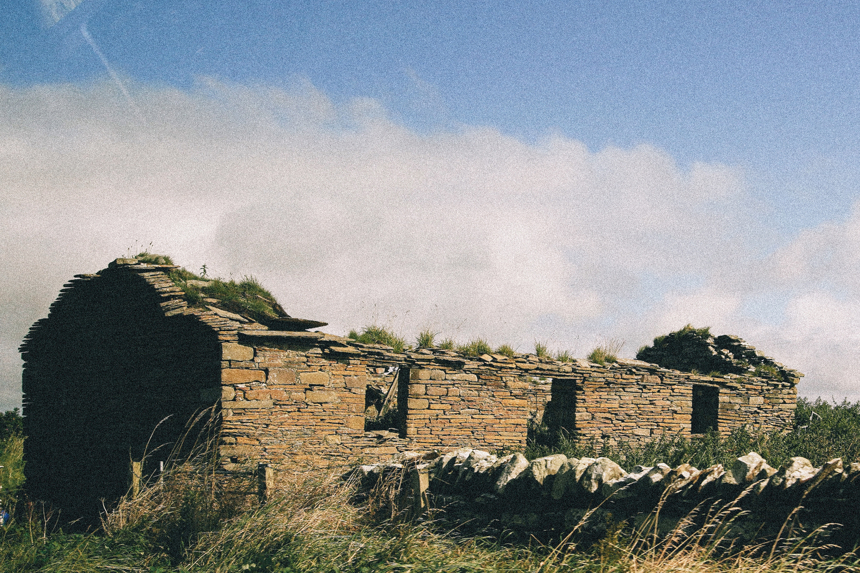
When Cooper was working on the album and wanted to tap into the stories that he grew up with, he returned to the sitting room of his childhood home in Stromness. “My dad, an academic, filled that room to the brim with ornithology artefacts, including bird skulls, and books by local writers and historians like Ernest Marwick and George Mackay Brown. I was a bit scared of going up there as a child; today I find it a comforting place,” he says. Similarly, when Cooper is working on his music in London, he connects to the islands through the pictures and artefacts he has decorated his studio with. “When I am recording, I am not just staring at speakers. I am surrounded by objects that remind me of home.”
For Hether Blether, Cooper has collaborated with Scottish poet John Burnside, singer-songwriter Kathryn Joseph and musician Kevin Cormac. It is a record that is deeply rooted in place, yet was recorded all over and assembled in London. Cooper uses field recordings, classical instruments and voices, which he layers like a Rothko painting. “The sounds on the record have been recorded inside cottages, cairns, studios … I take them up to my studio and it will sound like it is all in the same place,” says Cooper. “One thing I noted on this journey is that I need critical distance from all the source material I collect. When I am in my studio, I can get that critical distance from Orkney and clearly see which bits are essential and take me right back to its magic.”
Cooper likes to replace instruments with natural sound. “I try to create a sound tapestry out of limited materials, to get to a natural and pure sound. For example, I’ll try to leave the drums out and see what landscape element I can use instead; like the reversed sound of a crashing wave or banging on oil cylinders. The limitations I set myself make me more creative and drive me to distill the essence.”
Erland Cooper - credit Alex Kozobolis

On Orkney there are many sounds to choose from; though remote and barren, the islands are anything but quiet. The cliffs, where thousands of seabirds nest during breeding season, produce a sound louder than a school ground during playtime. “Hearing that very loud cacophony of bird sound and crashing waves makes you wonder: how can they live with all that noise?” Cooper says. “To those birds, a lot of the sound must be cancelled out. What looks inhospitable to us must be a chilled out place for them. It changes your perspective.”
Cooper’s album Solan Goose is named after the Orcadian word for gannet, and asked about his favourite Orcadian birds, Cooper has many. “When I would be traveling on the London underground, I’d sometimes quiz myself about Orcadian bird names. I’d try and remember the name for fulmar, which is ‘mali’, without resorting to Google. A personal favourite is the ‘cattie face’. It’s very literal: a bird that looks like a cat. I love the comedy in that!”
It has been months since he has heard any of these birds in the wild up in Orkney. Like everyone, Cooper has seen plans change and evaporate, including a trip with author Amy Liptrot to the remote island of Sule Skerry. “I miss the air, the light, the colours … walking around the shore, looking out to sea with a cup of tea in my hand. But at least,” he says, “the islands will always be there. They have been pretty much unchanged for centuries.”
Read more about Erland Cooper and his upcoming (online) live shows on his website.
“In Orkney, I can have the horizon to myself”
Nobody knows exactly how long the coastline of Orkney Mainland is – if you go around every rock, it gets longer and longer. Photographer Frances Scott set out to find out. Over the course of two years, she tracked 180.89 miles of coast on her GPS. “I spent most of my youth in the Orkney islands, but left to study art in Glasgow,” Scott tells me over Skype. “After graduation, moving South appeared to me as succeeding, moving North like taking a step back. So when I returned to move in with my parents after five years in Glasgow, Orkney suddenly felt small. I wondered if I could make the islands bigger and more interesting for myself by exploring their edges.”
Tired of turning every experience into an art project, Scott started to trace the coastline without bringing her camera. Section by section, she walked the circumference of the Mainland and its four tidal islands. Having just started a job as a cabin crew for the local airline, she was used to zooming over the land like a bird, seeing it all laid out in front of her. Walking was the opposite experience and opened up a new perspective. “There was something very satisfying about slowly filling up this long coastline, discovering it with every footstep,” she says. “It turned out that it wasn’t the massive cliffs and stunning sunsets that kept me going, but the small things. The surface of the sea, the colours of the water. Walking taught me to really pay attention.”
Frances Scott's hand-drawn map of Rousay
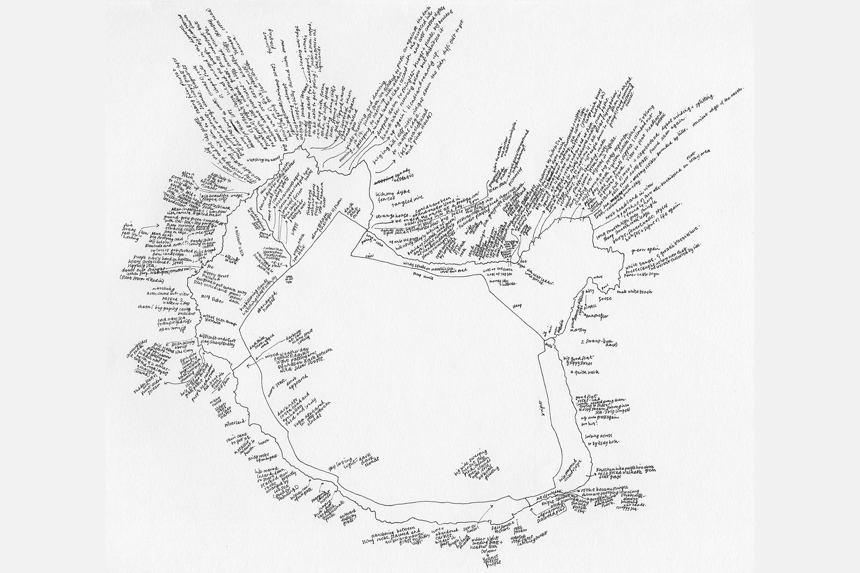
That process is visible on the maps Scott holds up to her webcam. On these maps, she started noting her observations, initially a few words at a time. As she walked more, the notes became more detailed, spiralling out all over the paper. The walking became “almost an addiction,” and so when she started to apply for art residencies, it did become part of her work after all – and it meant she had to find a way to document her walks. “I had just got my first smartphone and it made documenting much easier,” says Scott. “Smartphone photographs are quick and don’t interrupt the walking process too much. It’s freeing that they turn out well no matter the rain or the light.”
Frances Scott: Arch, Rousay (left) and the Kilns of Brin-Novan, Rousay


For her exhibitions, and the book Undertow that emerged from them, she felt more detailed photographs were essential to share the experience, so she started bringing her analogue camera. Looking at her black-and-white photographs you would almost forget the weather conditions she’s had to brave to take them, including hailstones and salt sprays smearing her camera lens. “In February 2019, I went to the small island of Rousay, a place that you won’t see as often on tourist postcards, but that is truly amazing: marked by arches, cliffs full of holes and steep rugged hills. The weather was horrendous and I was wrapped in a rain suit and big gloves,” tells Scott. “At times it was frustrating: capturing these islands fully can feel impossible.”
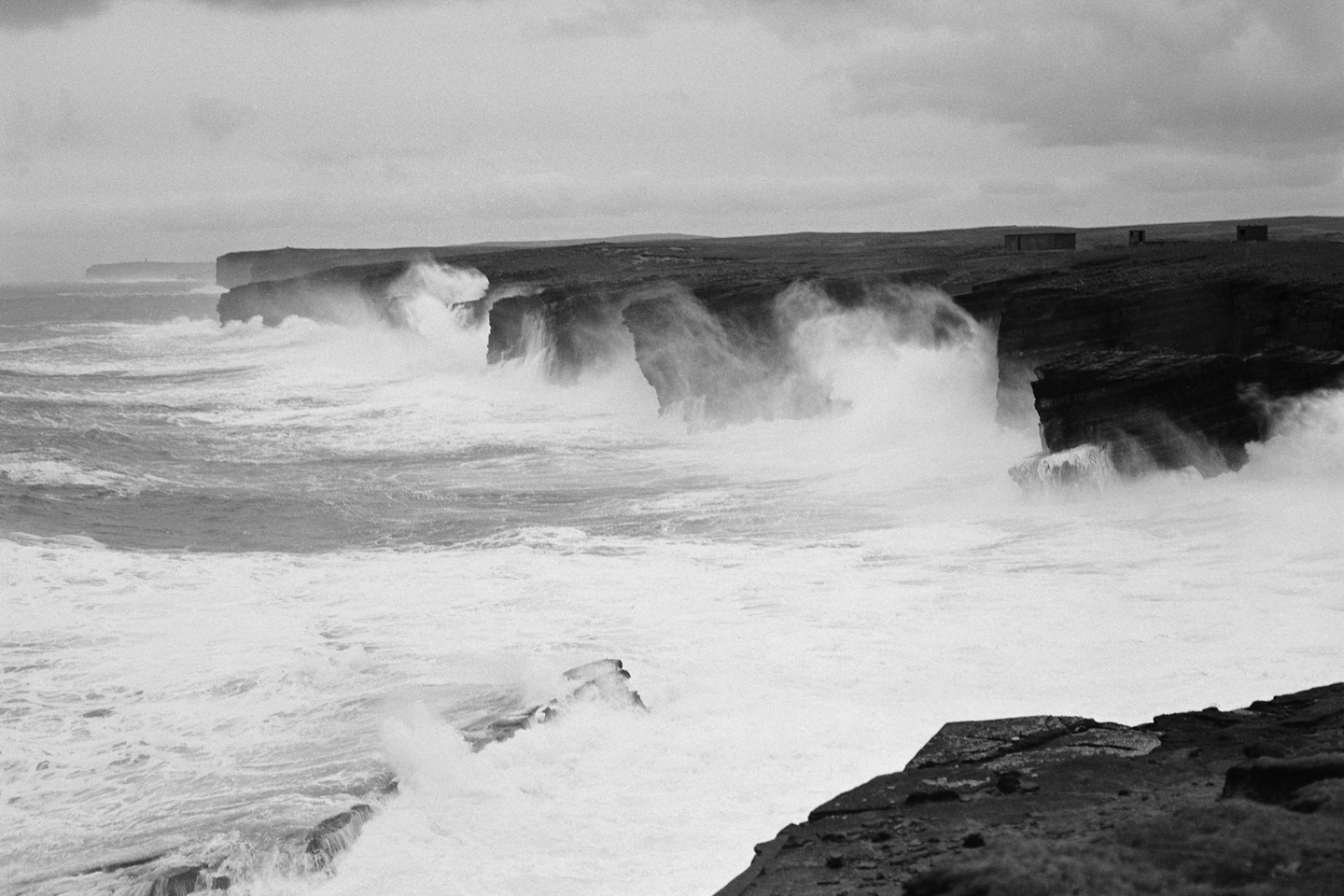
Frances Scott: Waves, Yesnaby
The photographs in Undertow leave enough room for our own minds to imagine what can’t be caught on film: the shifting colors of the water, the bird sounds and the feeling of the air – making ‘Undertow’ a befitting title for her book. An undertow is a current beneath the surface that sets seaward, a force that will pull you along, but only if you make the decision to put your feet into the water. The name also echoes Scott’s own relationship to Orkney. “Not having lived here my whole life, I sometimes felt I didn’t fully belong to the community,” she says. “But when I began my walks, the land started giving me something in return, a form of connection that I sometimes missed in social contacts. Now I can name places, have seen where the valleys go, know what it’s like to stand on every cliff on Mainland. I feel like I belong to Orkney and it to me.”
Just as Scott fully embraced the islands, a new job drew her back to Glasgow. The contrast between city life and island life can be stark. “In the city, you use a lot of energy shielding yourself, walking the streets with headphones on, pretending not to be surrounded by crowds,” she says. “When I return to Orkney after having spent time in Glasgow, setting foot on the islands almost blows my fuses: there is no bustle to block out and there is beauty everywhere. I just love the space I have here. I can have the horizon to myself.”
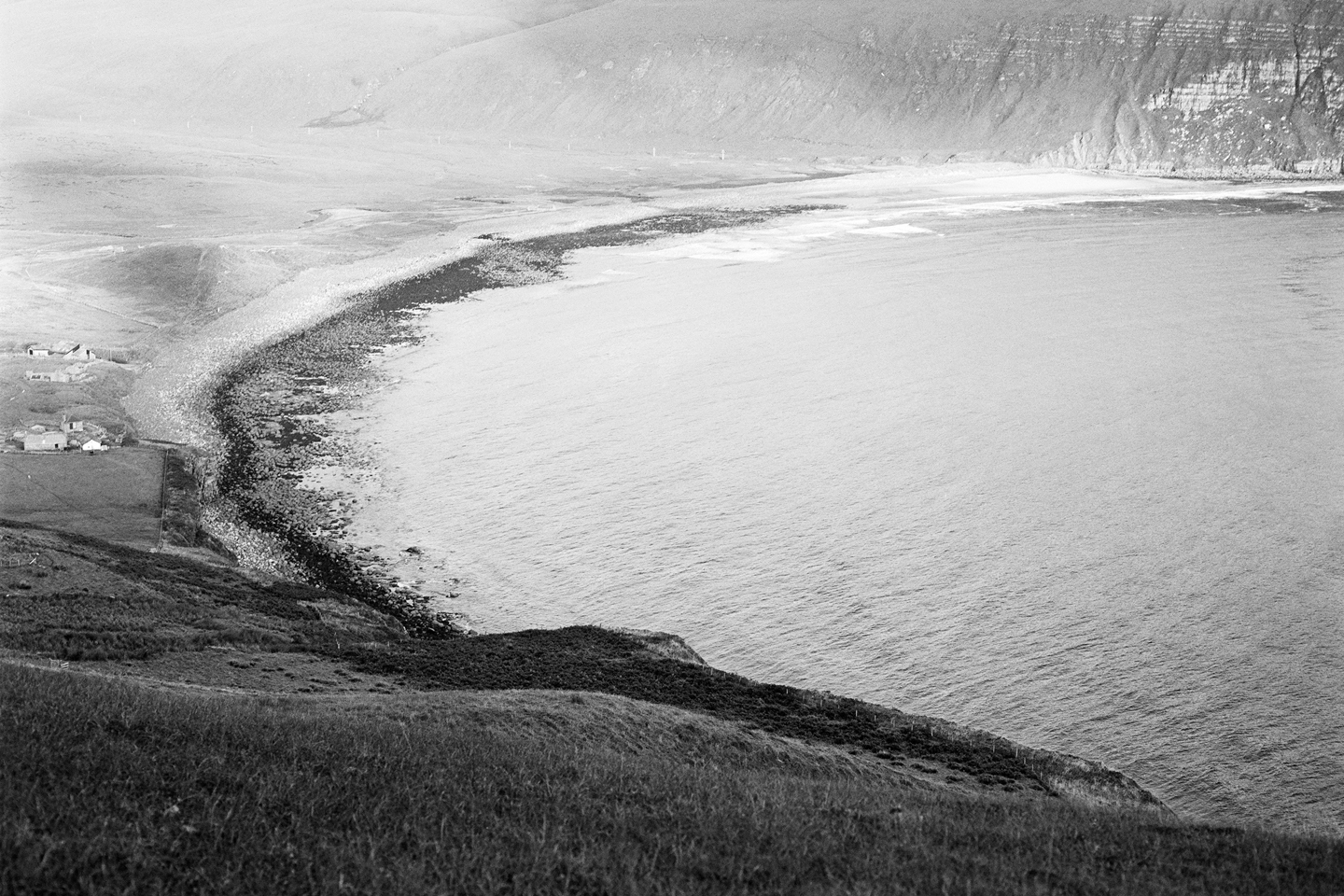
Frances Scott: Rackwick, Hoy
Scott left Orkney on 3rd March this year, having just launched Undertow there. “On the last day I went on a sixteen-mile coastal walk, so I felt like I had my Orkney fix. Not long after I returned to Glasgow, the country started to go into lockdown. It felt like the walls were closing in on me. In the past, when I was working as a cabin crew, I would get lots of creative ideas up in the air. I couldn’t write them down because as a crew member, you are strapped in during take-off and landing and are not allowed to hold any items in your hands,” she says. “Lockdown was the opposite; I had so much time and all my writing and photography tools near me, but creative ideas wouldn’t come. I really need movement to create. So I have been exploring secret backlands and shut-off woodlands in Glasgow, places where nobody goes. Thankfully, even in cities, you can find islands of space.”
Read more about Frances Scott and Undertow on her website.
Keep exploring

